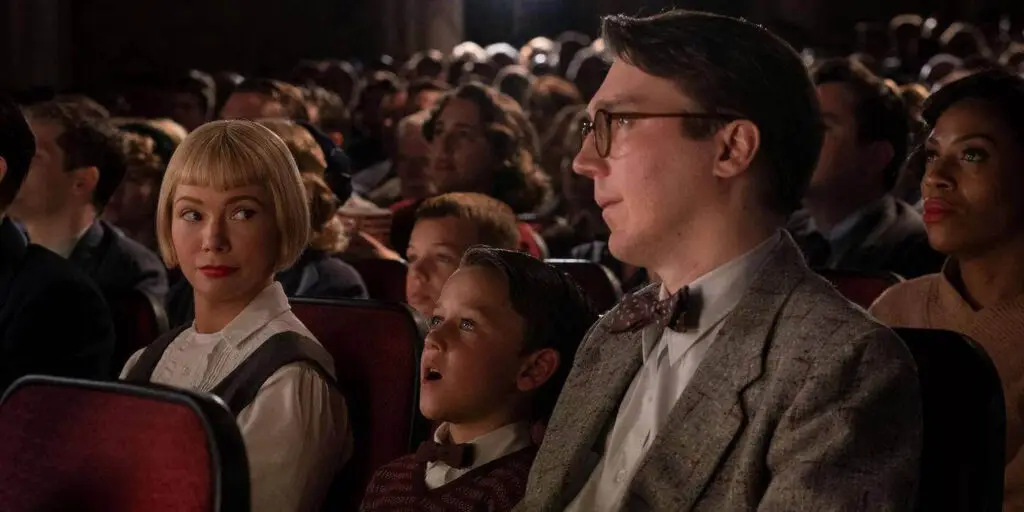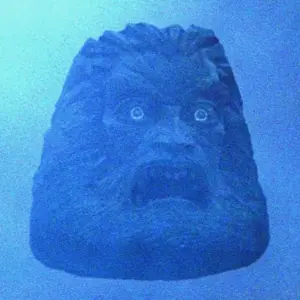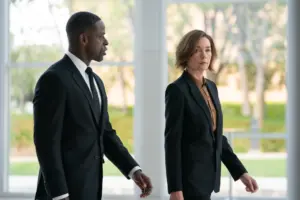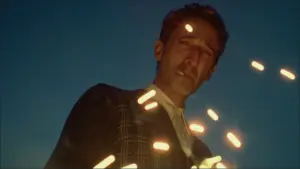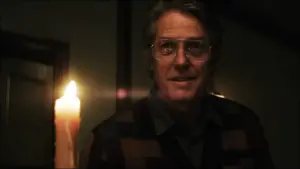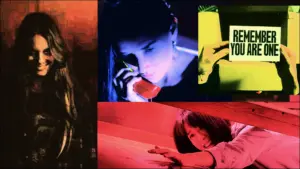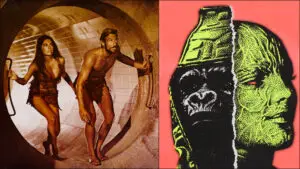You’ve really got to hand it to Steven Spielberg: His memoir, The Fabelmans, takes a symbolic motif and grips it with both, uh, meat hooks.
The Fabelmans shows Spielberg working at the highest cinematic level: Technical skill, emotional resonance, visual detail, and multi-tiered purpose in every scene. Watch it first simply as a good movie, but if you watch it a second time, pay close attention to Spielberg’s subliminal motif: Hands.
Steven Spielberg would not make a movie about his life’s work without using every available cinematic device possible. Visual motifs are a next-level tool used by many of Spielberg’s directing influences, from John Ford (whom Spielberg’s young character meets at the end of The Fabelmans) to Stanley Kubrick (in whose honor Spielberg directed an entire film, A.I. Artificial Intelligence), and the Master of Suspense himself, Alfred Hitchcock, whose influence guided Spielberg’s first bona fide hit, Jaws.
In Alfred Hitchcock’s 1948 crime thriller Rope, hands are one of many elements used to accentuate the main characters’ misdeeds. At one point, a female partygoer points to the hands of Farley Granger as he plays piano and merrily says, “These hands will bring you great fame!” Granger shudders with guilt, as he had used his hands earlier to strangle a victim.
Spielberg uses hands in The Fabelmans for a more wholesome but varied purpose: Hands are the basis for his work holding cameras, editing film, framing scenes and gesturing to actors. His mother uses her hands as a concert pianist. His father’s hands hold the pencil he uses for computer engineering.
The use of this visual motif becomes a story unto itself. Spielberg has not held back; he has literally put his hands, and those of his family, all over his memoir. Here are some noteworthy examples.
Hands in the early scenes
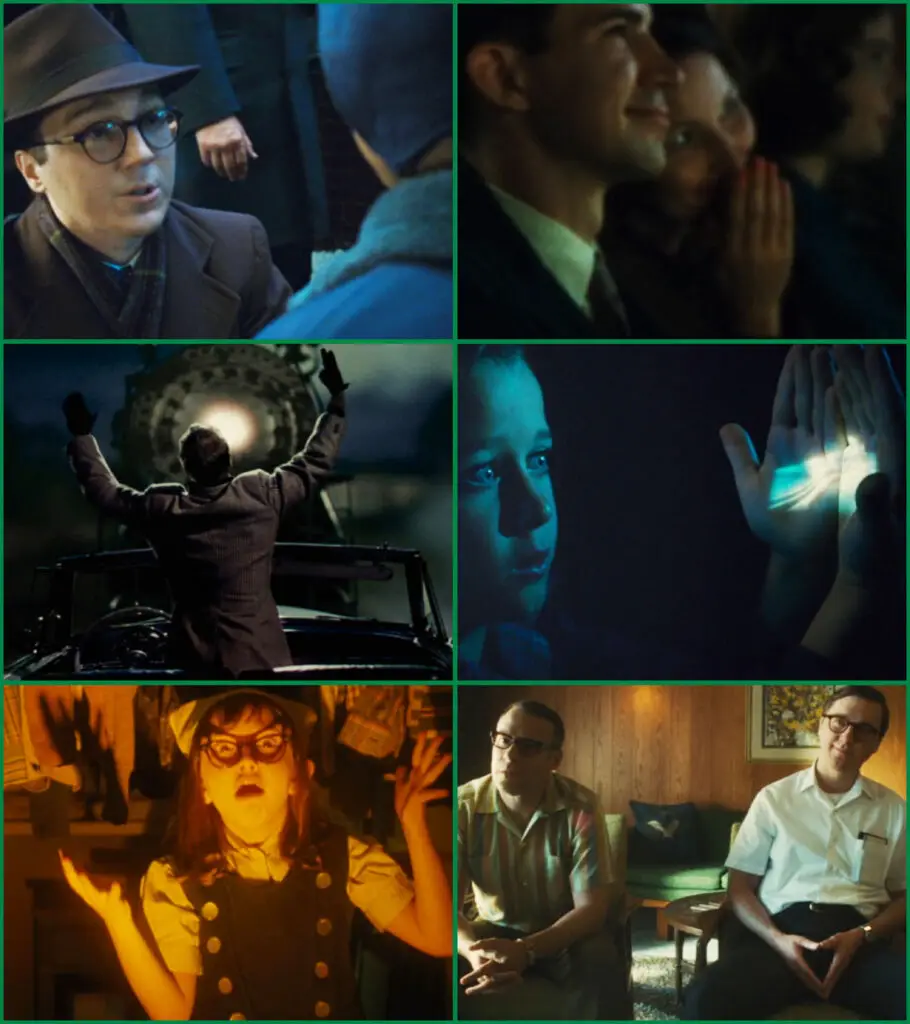
Spielberg introduces hands from the first few seconds of the film, when the parents crouch down to explain to the young “Sammy” how a film creates the illusion of reality via 24 frames per second. As people walk by behind the father, their gloved hands are flowing behind (almost through) the father’s head, like a train of thought. At the moment he says the word “photograph,” one un-gloved hand stands out briefly. Spielberg is the detail-intensive kind of director who would have done that intentionally.
Inside the movie, as Sammy and his parents are shown viewing the film, a woman in the nearby seats raises a single hand in reaction to the film. Again, this is another subtle and subliminal, purposeful hand in the frame of the film. Such small but intentional background hands continue through many scenes, almost as if foreshadowing the hands-based cinema work that will become the main character’s life.
Sammy sees “The Greatest Show on Earth,” and the scene that haunts him later shows a man raising his hands to stop a train coming toward him. The train’s light is like a projector, and the man holding up his hands is overwhelmed by it, as the train collides with the car. This scene, of the train smashing the car aloft, was seen briefly in “War of the Worlds,” and in “The Fabelmans” it causes the young Sammy to have nightmares that are only cured when his mother inspires him to re-create it with a model train and film it on his father’s camera.
The scene that follows shows Sammy literally catching the filmed image in his hands, and is the iconic picture of both The Fabelmans and a summary of Spielberg’s life as one of the most successful filmmakers of all time.
Hand imagery continues in nearly every scene. When Spielberg pulls scary pranks on his sisters, they throw their hands up, as a skeleton’s hands create shadows between them. This scene, like many throughout The Fabelmans, echoes scenes in many of Spielberg’s biggest films. Here the scene prefigures scares of corpses lurching forward in Raiders of the Lost Ark and Poltergeist.

The Fabelmans soon shifts its interest toward Spielberg’s parents, and the strange, secret love story between Spielberg’s mother and her father’s best friend. Both Spielberg’s father and his friend had their own particular style of love toward the mother, and in a scene where she’s playing piano, we momentarily see both men sitting side-by-side with their hands in different positions. The father’s hands form an actual heart shape, whereas the friend’s hands show the fingers meshed together. The message implied here is that Spielberg’s father had a pure but distant love for his mother, while the friend’s style of love was the one that had a more natural fit — and we later see her fingers meshed in the same way.
Later in the movie, we see Sammy get a visit from a strange uncle, played by Judd Hirsch. The uncle impresses upon Sammy the difficulty and commitment of being an artist, as well as the sacrifice. He literally puts his hands all over Sammy’s face, hurting him with this knowledge about Sammy’s working life.
Sammy is connected directly to his father, and his identification not only with him as a man, but with his future pain at the mother’s betrayal, by the way their hand movements are mirrored in scenes. In the car, their hands are raised to make “be careful” gestures, and they are mirrored via a quick edit. We also see Sammy making the “stop” motion holding his hand up while directing film scenes.
When Sammy’s grandmother dies, Sammy’s father reaches his hands to console Sammy’s mother. We see her push the father’s hands away, and this gesture sadly indicates that she does not feel a close enough connection with Sammy’s father to allow him to connect to her grief.
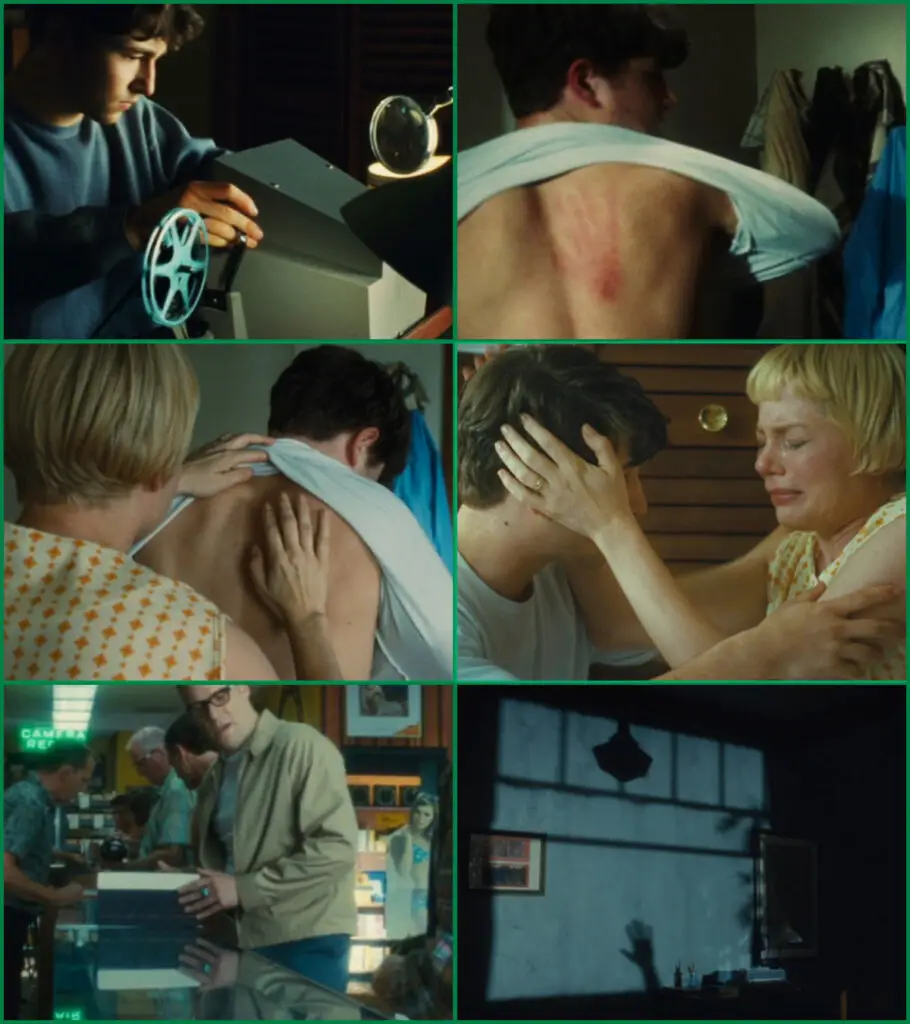
As he grows up, Sammy uses his hands to splice film, the thick of his work. These hands reveal the secret his mother is hiding.
When Sammy expresses anger to his mother, her hand smacks his back and leaves a hand mark, a permanent impression of the emotional pain she has caused him, inadvertently. She did not want to hurt her son, and the pain she has inflicted on him devastates her as well.
The final scene with Sammy’s dad’s best friend, in a camera store, shows his hand mirrored in glass of a display cabinet. The mirroring effect hints at the double life he’s been leading, hiding his true feelings from Sammy’s father. (In another interesting touch, a cutout of a bikini-clad young woman prefigures the later scenes of Sammy directing a beach movie for his high school.)
Scenes of hands continue from there, including one where Sammy observes his own hand’s isolated shadow on the wall. He’s anticipating his life’s work and the lonely journey he’ll go through to achieve it.
The hand motif continues throughout the rest of The Fabelmans, Give the movie another look and see what else you can find. These aren’t easter eggs — they enhance the meaning of the story, enriching the feelings and connections expressed.

